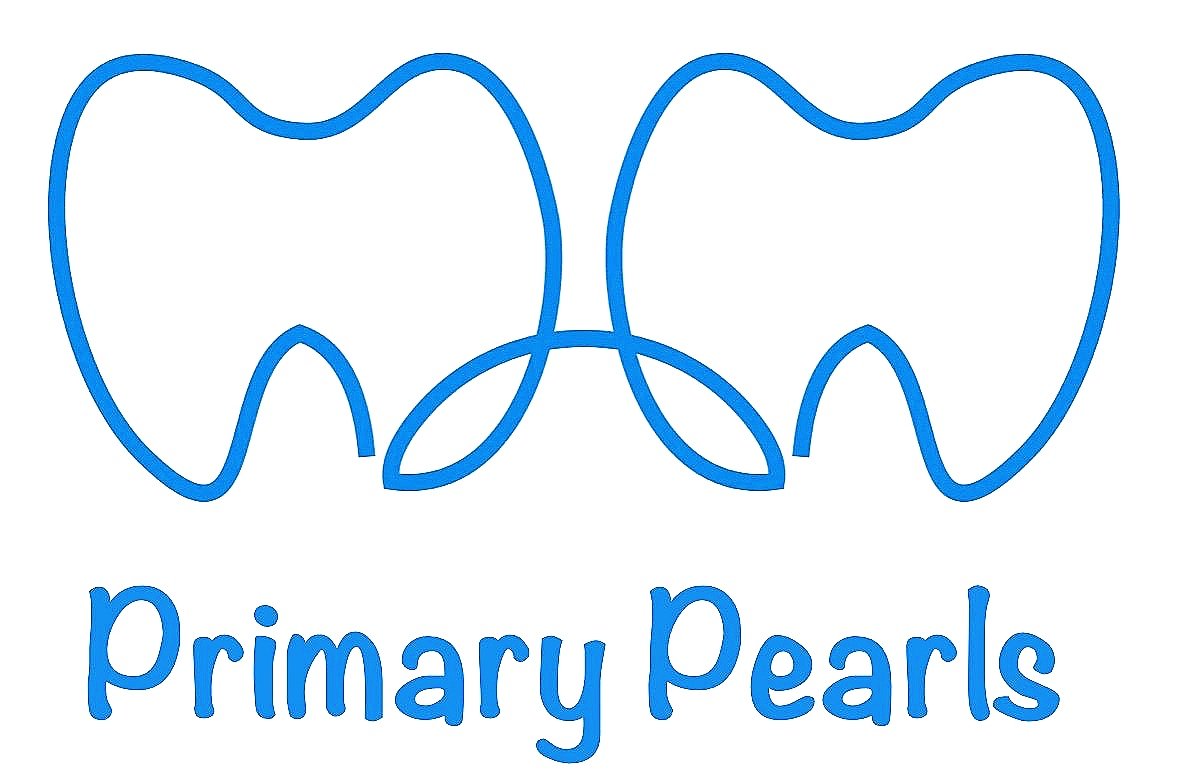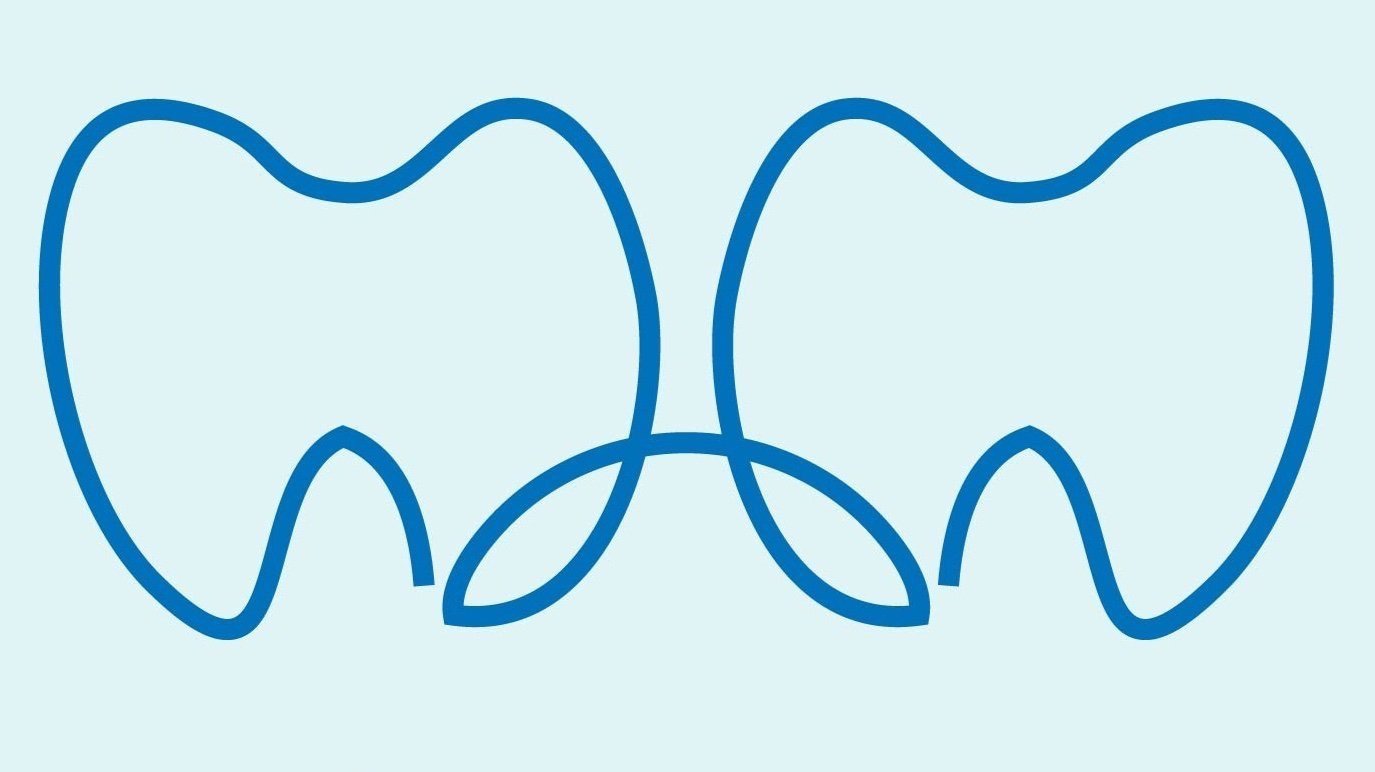How Much Toothpaste should I use?
And the follow-up question…Do I have to use a toothpaste with Fluoride?
These are the two of the most common questions we get in our practice. Fortunately, the answer is pretty simple; however, your product decision may involve some tough changes at home.
How much toothpaste should I use?
The toothpaste package or commercial likely displays a glorious full ribbon of toothpaste on the bristles of the brush. That’s probably too much toothpaste and just wasteful. But, here’s the nitty-gritty.
If you’re using non-fluoridate products, it usually doesn’t matter. There’s not enough space in this blog to go through all of the potential ingredients in all of the toothpastes on the market, so it’s a good idea to check the label of the toothpaste and ask your pediatrician or pediatric dentist about any ingredient concerns.
If you decide to use a fluoridated toothpaste, the recommendation is:
Under the age of 3: Use a smear (rice grain-sized) amount.
Over the age of 3: Use a pea-sized amount.
Pea-sized (top) vs. Smear (bottom)
Why do I have to limit the amount of Fluoridate Toothpaste?
If your child cannot expectorate (spit out) the toothpaste, it’s best to limit the amount. Excess ingestion of toothpaste can lead to disruptions in tooth formation (fluorosis) or fluoride toxicity.
Enamel Fluorosis usually occurs because of an excess amount of fluoride in the drinking water. This sometimes happens with well water, or in communities with naturally high levels of fluoride in the water supply (like some mining towns). If your community adds fluoride to the water, it’s usually at a level that won’t cause Fluorosis. The current recommendation is 0.7ppm if you want to check your water.
Severe Enamel Fluorosis of a child living in a community with naturally occurring very high levels of fluoride in the water.
Fluoride toxicity occurs when your child consumes too much fluoride. This can occur if your child consumes somewhere between 5-10 mg/kg of fluoride. A standard 110g tube of toothpaste contains between 50 and 100 mg of fluoride. That means once your child is 10kg (22lbs), they’d have to consume a whole adult-size tube of toothpaste (or 2) to reach toxic levels. If you child does this, call 9-11 or Poison Control.
If you don’t keep your fluoridated toothpaste in a secure spot (out of the reach of your children), we recommend buying the trial size tubes of toothpaste. If your child consumes one of those by accident, they shouldn’t be anywhere near the toxic level.
Do I have to use a Fluoridated Toothpaste?
Short answer. No. Therapeutic Fluoride is a medication. You should determine what your child ingests.
Long answer. It depends. Best research says that twice daily brushing with fluoridated toothpaste decreases the risk of your child getting a cavity by about 30%. But what determines the risk? Your child’s diet and ability to appropriately brush.
If your child’s diet is low in sugar and they enjoy brushing, the benefit of a fluoridated toothpaste is probably minimal.
If your child’s diet contains multiple high sugar snacks and drinks and it’s difficult to brush their teeth, a fluoridated toothpaste will likely be beneficial.
Here’s some more information about diet and brushing.
What is the purpose of Fluoride anyway?
The Fluoride in your toothpaste mainly acts on teeth in your mouth (topically). While you may swallow some of it, it has little effect on your whole body. The Fluoride in your drinking water or in supplements, however, is meant to be ingested and incorporated into developing bones and teeth to strengthen them.
In your mouth, the fluoridated toothpaste prevents cavities in three ways:
It helps promote remineralization (hardening) of subsurface demineralized (softened) tooth structure.
The fluoride inhibits bacterial conversion of sugar into acid. The acid is what softens teeth and creates cavities.
The fluoride ion becomes incorporated into normal tooth structure to make the enamel stronger.
Again, all of these mechanisms of action are to combat the excess sugar consumption in the modern diet. If you are limiting your child’s sugar consumption, the value of fluoride in toothpaste may be minimal.
If my child doesn’t consume any sugar, do I still have to brush the teeth?
That’s a good question. We find it very rare, if not impossible, to consume a diet completely free of sugar and processed carbohydrates. That said, it is still important to brush the teeth for gingival and soft tissue health. The gums can also harbor bacteria, become very inflamed, and even increase the overall inflammation and bacteria load in your child’s body, so it’s a good idea to keep them clean!
If you have more questions about types of toothpaste and brushing, contact your local pediatric dentist.



